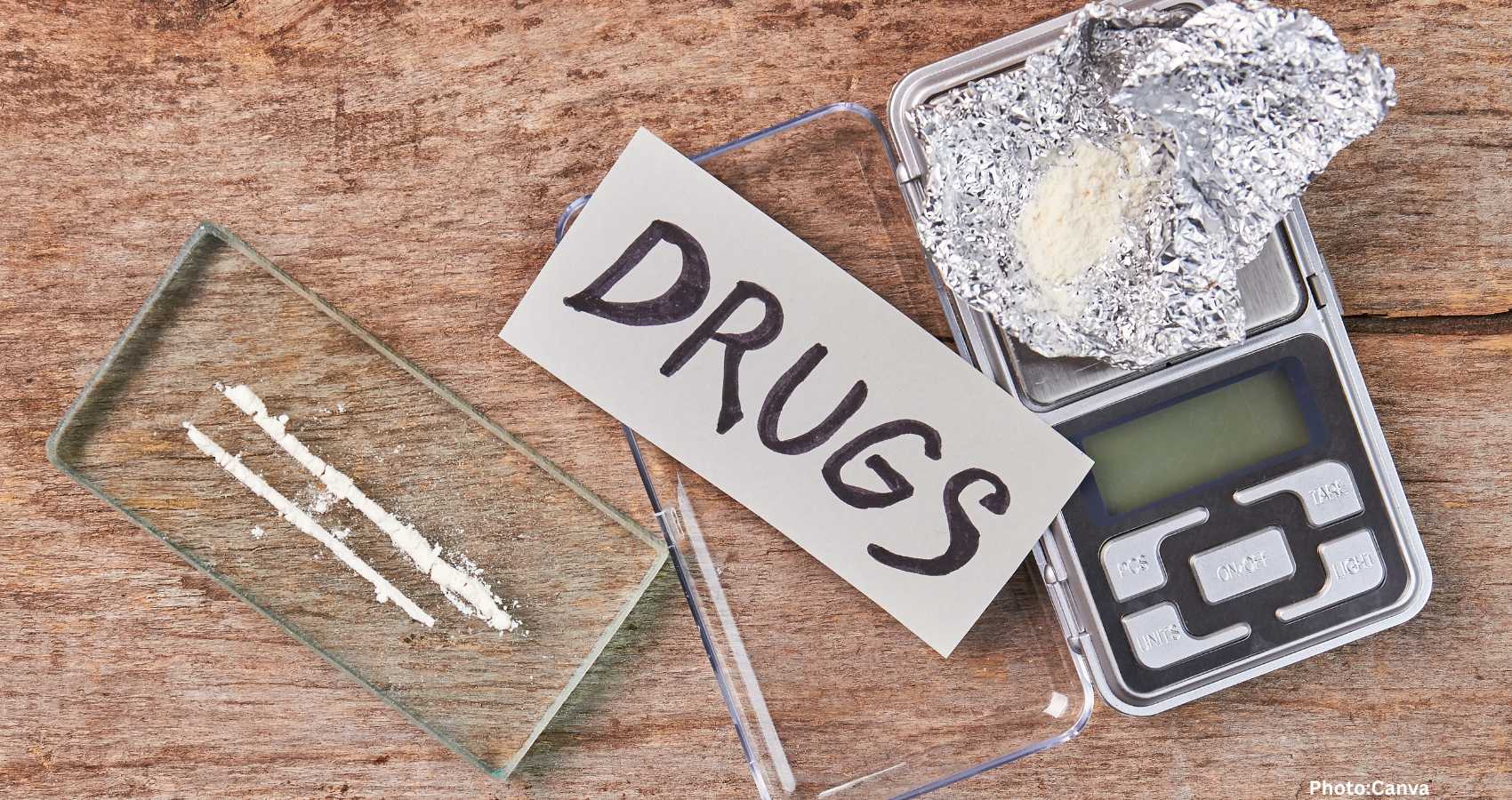South India has arisen as a critical hub for narcotics trafficking, shifting the focus of drug cartels from traditional Northern routes to its strategic coastal regions.
India is witnessing a significant evolution in its narcotics landscape, as drug smuggling activities are taking a new trajectory through South India. Previously dominated by northern routes through Afghanistan and Pakistan, organized drug syndicates have now pivoted their attention toward states like Kerala and Tamil Nadu, turning these southern regions into hotspots of drug trafficking.
Historically, enforcement efforts targeted the northern corridors, but the shift in focus has brought Kerala and Tamil Nadu under the limelight, not only as regions of consumption but as crucial international transit zones in the drug trade. This change is due in part to Kerala’s extensive 590-kilometer coastline, which is increasingly being exploited by smugglers. The state’s bustling seaports and international airports are facilities that traffickers find advantageous, using maritime routes to bring in contraband. For traffickers transporting drugs from Sri Lanka, Tamil Nadu is often the initial point of contact, with illicit activities frequently hidden along the southeastern seaboard.
The National Investigation Agency (NIA) has substantiated these developments with intelligence reports indicating a rising involvement of international drug cartels, establishing Tamil Nadu as both an entry and redistribution point. A case in point is the arrest of a former DMK party member, identified as the architect behind a ₹2,000 crore global drug network, which further included connections to a broader trafficking system spanning India, Australia, and New Zealand.
Kerala’s geographic position has made it especially vulnerable, serving as an intersection for cartels originating from the Golden Crescent — comprising Afghanistan, Pakistan, and Iran, and focusing on opium and heroin — and the Golden Triangle, consisting of Myanmar, Laos, and Thailand, known for methamphetamine and marijuana. Narcotics find their way into Tamil Nadu, Andhra Pradesh, West Bengal, and further into Northeastern states, positioning Kerala as a pivotal point for national distribution.
Smuggling operations effectively exploit the boundaries Kerala shares with Karnataka and Andhra Pradesh, facilitating the illicit transportation of heroin, cocaine, synthetic drugs, and cannabis. Investigations have unveiled the sophistication of these networks, with coordination reported between local groups and Nigerian nationals, who manage the transfer of drugs from overseas suppliers to local distribution channels. Traffickers employ cunning methods to evade detection, such as hiding drugs in airtight containers within fruit juice packs or chocolate boxes, to bypass customs and scent detection measures.
Additionally, traffickers have been leveraging loopholes in the Narcotic Drugs and Psychotropic Substances Act (NDPS) by transporting quantities of marijuana just shy of the 20-kilogram threshold that demarcates ‘commercial quantity’ to minimize penalties and expedite the bail process if apprehended.
High-profile seizures underscore the growing concern, such as the interception by the Indian Coast Guard in November 2023 of a fishing trawler off the Andaman and Nicobar Islands, loaded with 6,000 kg of methamphetamine valued at ₹36,000 crore. The vessel, crewed by six Myanmarese nationals, was ostensibly destined for Thailand, but authorities suspect that part of the shipment was intended for distribution through networks in South India, particularly Kerala.
This isn’t the first instance of narcotics threats linked to the islands. Prior situations, like the discovery of drug packets disguised as Chinese tea along the shores, initially went unnoticed. Eventually, these packets, containing potent narcotics, were found by locals, leading some to succumb to addiction, while others capitalized on the discovery by selling them mainland. This has enabled Kerala-based smugglers to procure the packets inexpensively, then sell at high profits on the mainland market.
A noteworthy seizure in September 2019 further illustrates the ongoing crisis. The Coast Guard intercepted a vessel from Myanmar, capturing 1.16 kg of narcotics, although a significant portion, 4,000 kg, was discarded into the sea by the crew before interception, later drifting ashore, adding to the region’s narcotics problems.
Tourism exacerbates the situation, particularly in Kerala and Goa, as South India’s allure to international visitors has inadvertently fueled demand for narcotics. The influx allows cartel operatives to blend in under the guise of tourists, complicating efforts to control drug trade. Moreover, suspicions surround South Indian expatriates in the Gulf, with some possibly being utilized as drug couriers. This has prompted stricter examinations of travel patterns and intensified customs checks as part of law enforcement strategies.
As trafficking networks grow more elaborate and resourceful, Indian authorities face a formidable challenge. This once low-level issue has burgeoned into an intricate global network, entrenched in South India. A mélange of cartel organization, inventive smuggling tactics, alleged corruption, bureaucratic inertia, and legal gaps have collectively perpetuated the drug syndicates’ operations, presenting a daunting task for dismantling this illicit empire.

